Published in the Ocean Watch column, Honolulu Star-Advertiser © Susan Scott
April 27, 2007
Last month, the whale-watch trip my friends and I took was so windy, and the one whale we saw so distant, the company gave us a rain check. I thought it unlikely we’d ever get the group together for another go, but I underestimated our master planner. Once again Howard managed to get 17 of us aboard the boat on the right day at the right time.
But you can only plan so much. It was windy again, making it hard to spot whales. We stood at the rail watching the whitecaps and chatting when someone said, “Look!”
“What?” I said, seeing no blow or arched back.
“A fairy tern. Right there.”
Only in Honolulu, I thought, does a fairy tern sighting rank up there with humpback whales. And now those little white seabirds have an even higher ranking: Mayor Mufi Hannemann recently named the fairy tern, manu-o-Ku, Honolulu’s official city bird.
It’s a good match. Fairy terns are common in Hawaii’s Northwest chain, but of the main islands they nest only on Oahu in Honolulu. Look for fairy terns at Kapiolani Park, Thomas Square, Fort DeRussy, Foster Gardens and Iolani Palace.
Most adult birds arrive in February to nest and leave in September. A few couples stay on Oahu, raising kids year-round.
It’s easy to spot fairy terns in the air. Their flight is graceful, and they can hover in place as if floating. In some wildlife refuges they linger, curious, over human heads. I have several fine pictures of fairy terns in flight, but the shots weren’t hard to get. These Tinkerbells practically pose for aerial photos.
Also, I had ample opportunity. While I was working as an FWS (Fish and Wildlife Service) volunteer on Tern Island a few years ago, the time came for another volunteer to leave. The refuge manager said to me, “Susan, would you mind taking over the white tern plots?”
Would I mind?
These birds nest in low bushes, rock ledges and windowsills there, and it became my job to count eggs, check on chicks and, when the time was right, band them. Visiting fairy tern families most days, and holding a few in my own two hands, was as much fun as I expected.
Many of us Hawaii residents call these snow-white seabirds fairy terns because that’s what we learned to call them years ago. The official common name, though, is white tern.
The change occurred because an Australian species was also called fairy tern, and whoever decides these things gave ours the name white tern. (I would have chosen angel tern or snowflake tern, but no one asked me.)
I don’t think it matters what you call these birds as long as people know what you’re talking about. In Hawaii, fairy tern can mean only one thing.
Although all seabirds are protected by state and federal laws, designating white terns as our official city bird increases awareness, helping them even more.
Back on the boat, we’d about given up on a good whale sighting when a mother humpback breached nearby, followed by her calf. The pair kindly repeated this several times, giving us great photo opportunities.
Few wildlife displays are as spectacular as whales leaping from the ocean, but if they hadn’t done that, we still would have considered the trip a success. We saw fairy terns. They might be small, but in our city, love for these native seabirds is large.
Tern Photos
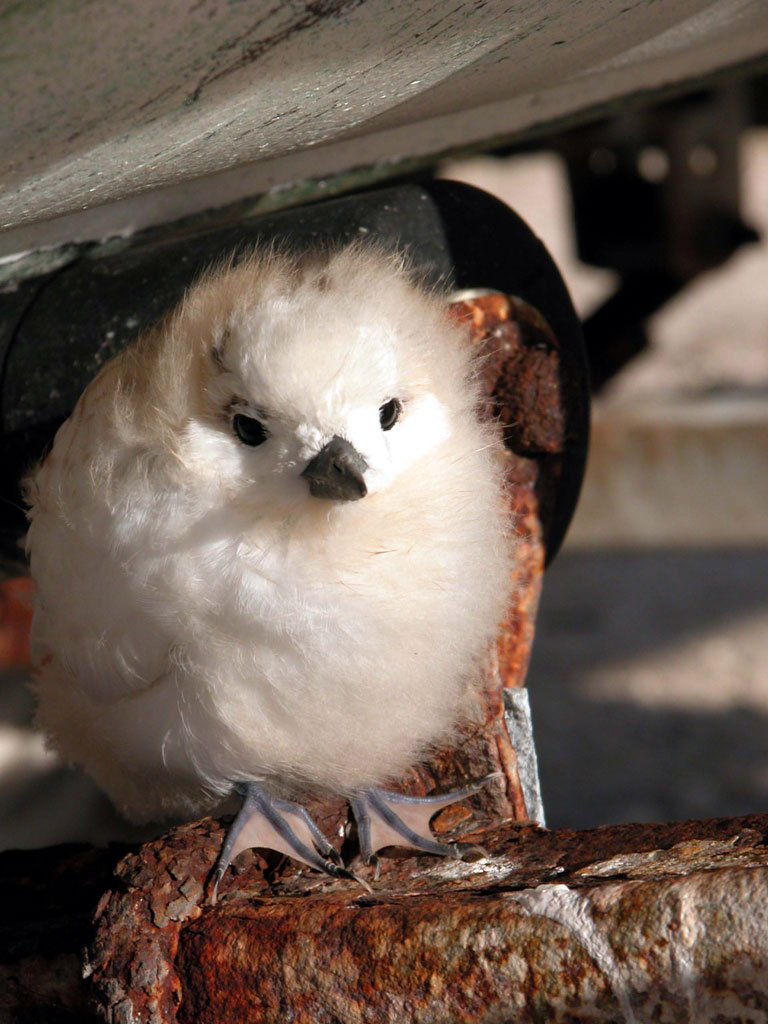
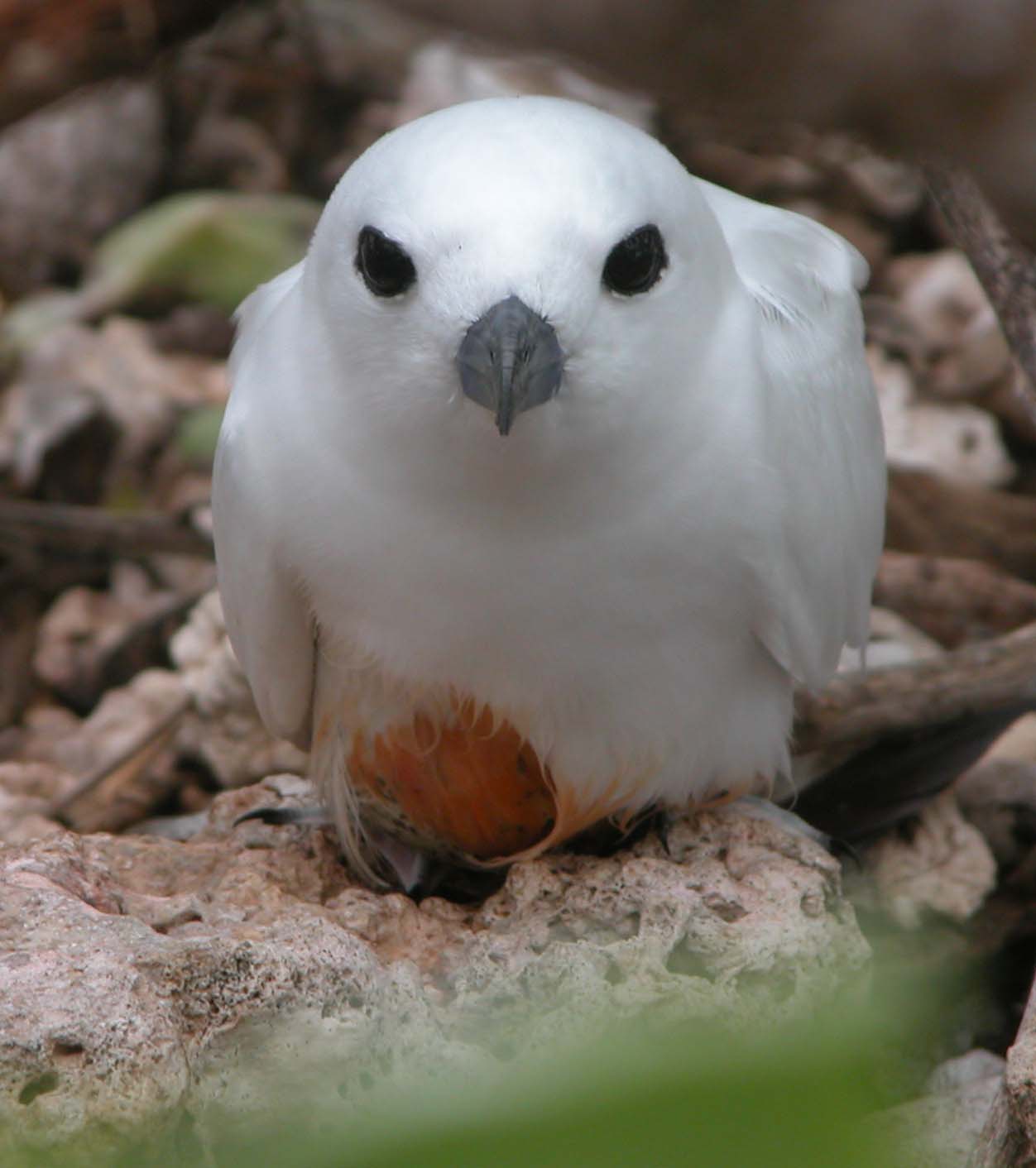
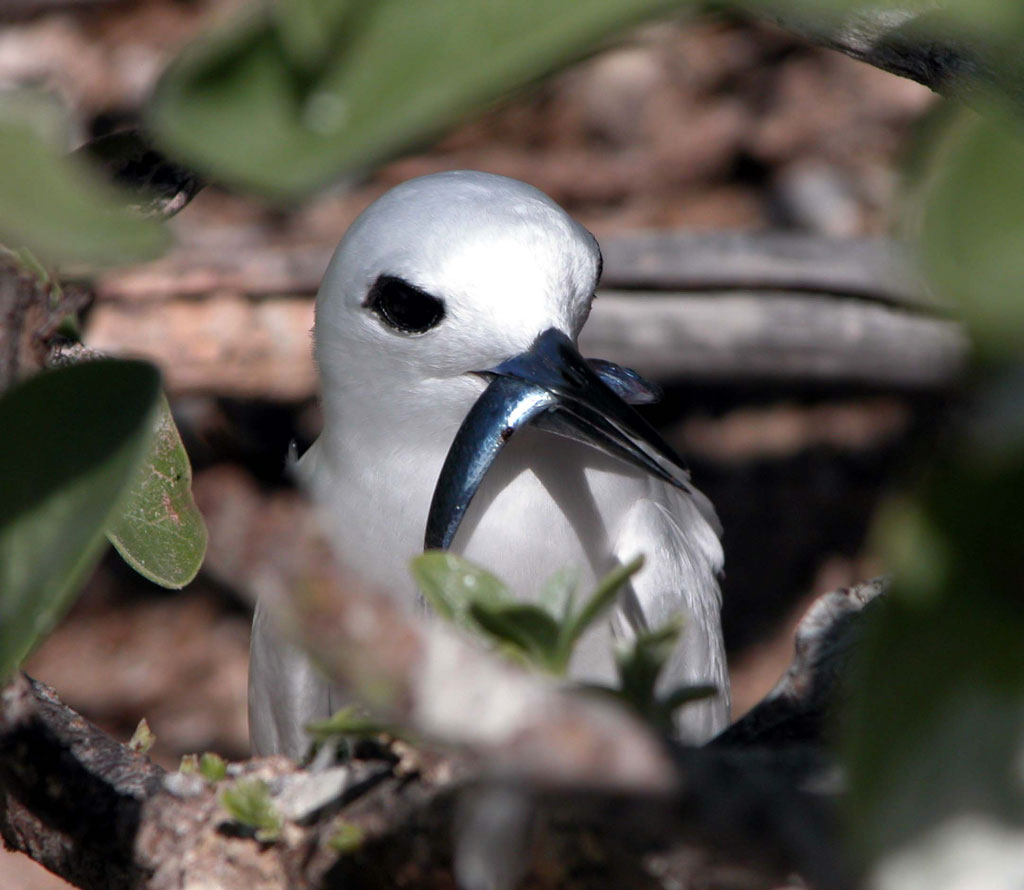
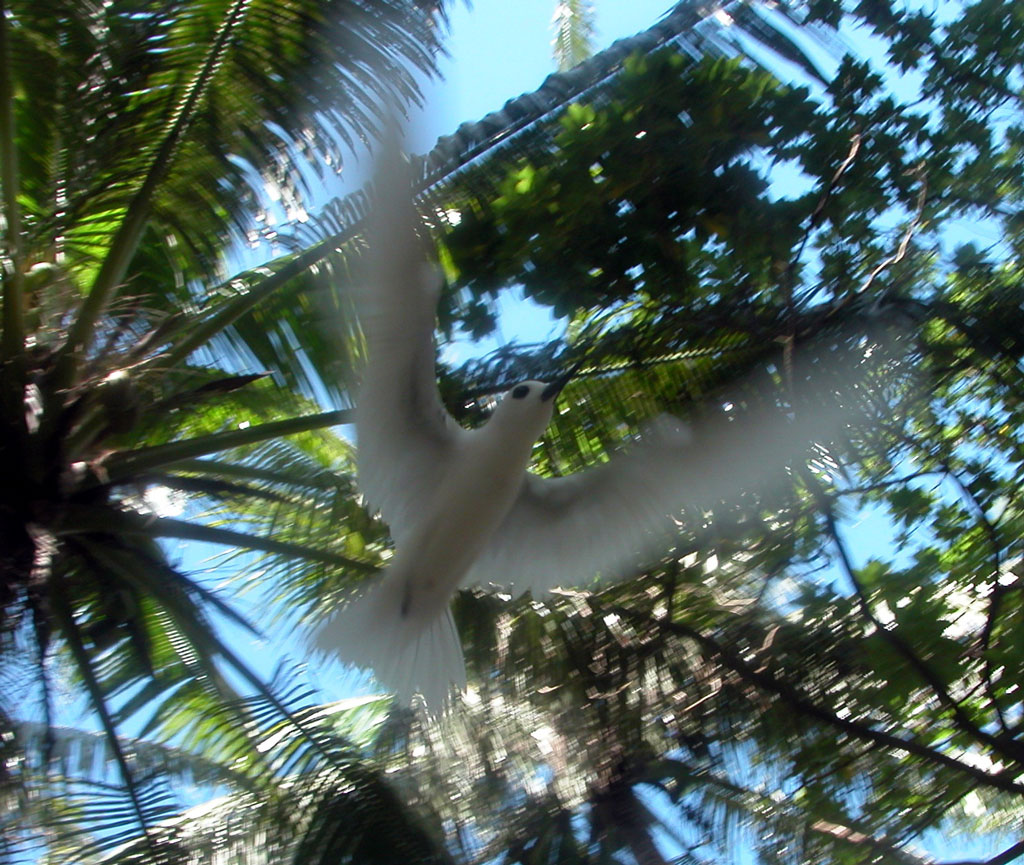
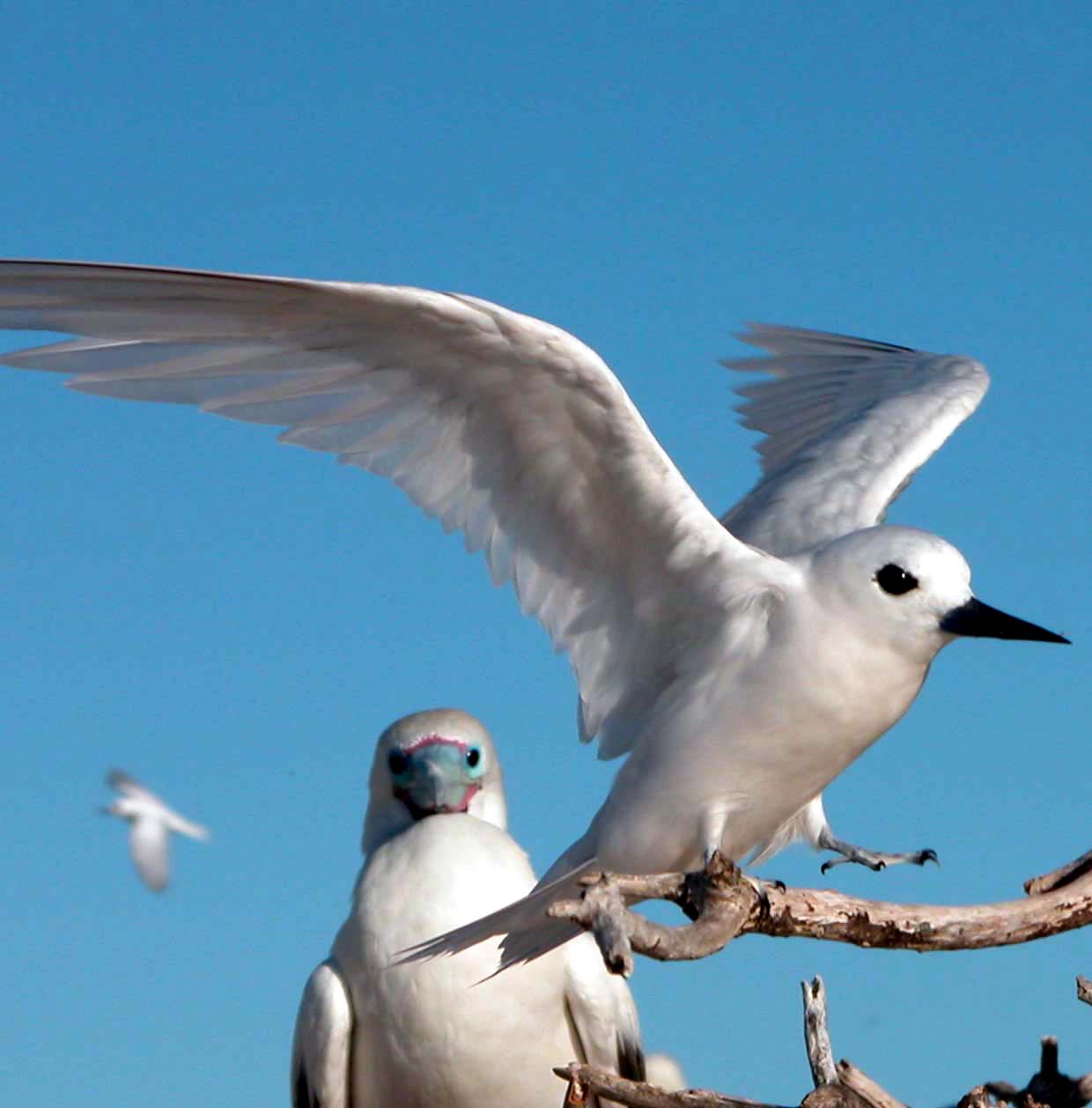
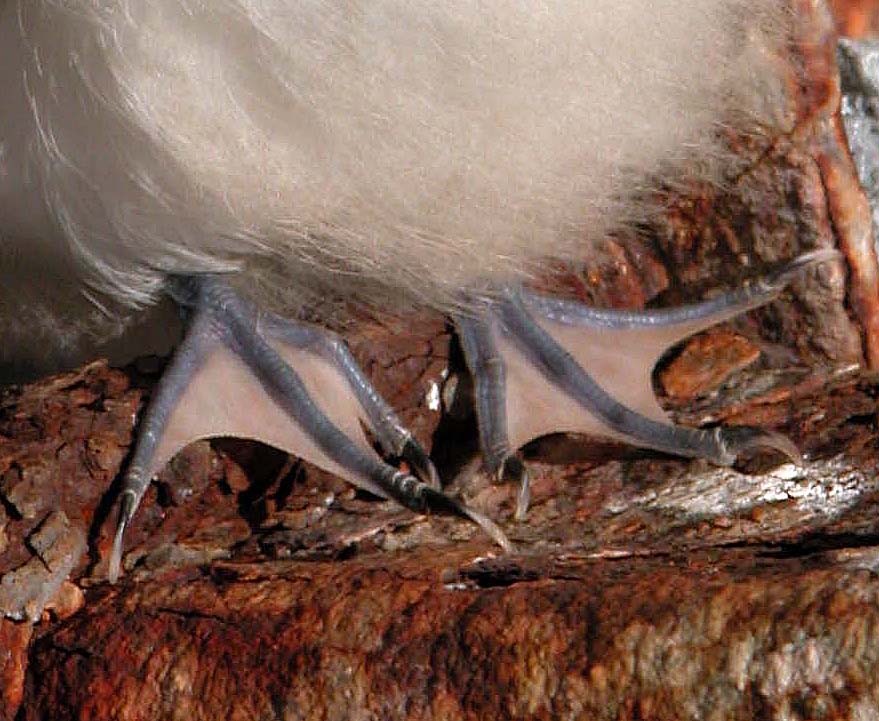
Rusty